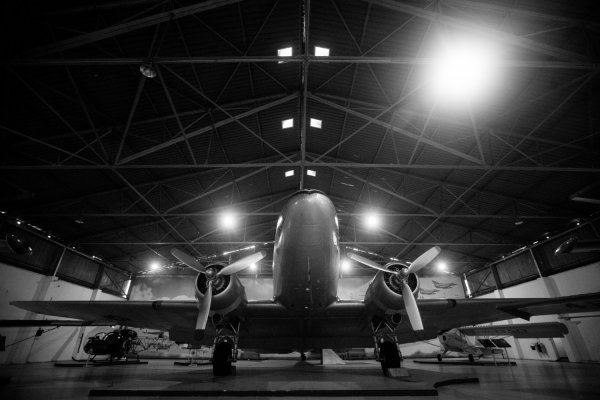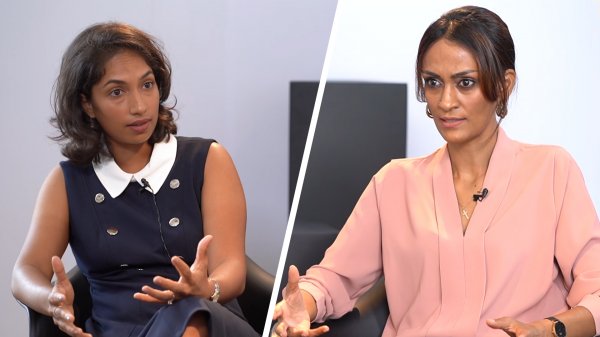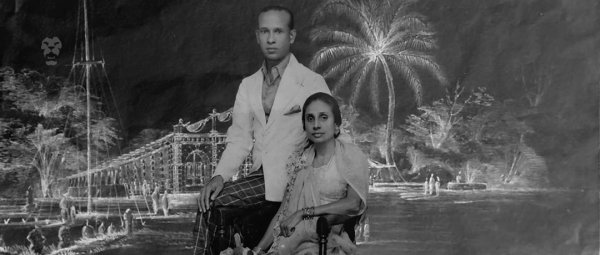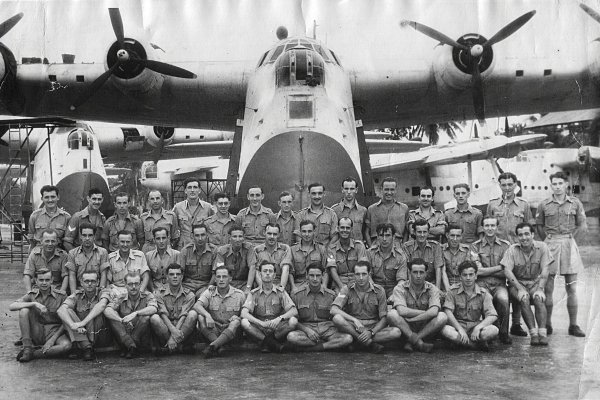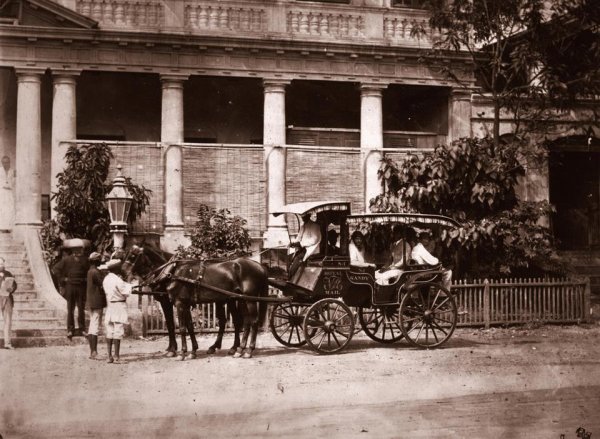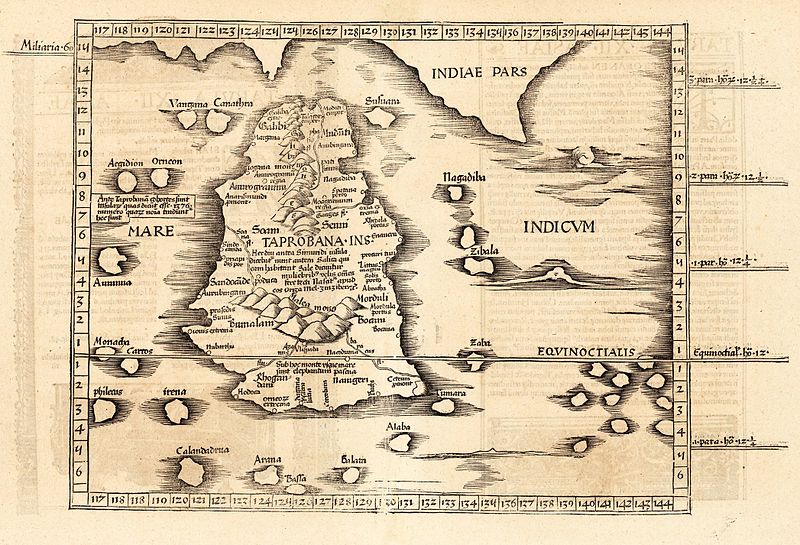
Going back more than 2,000 years, some historical records and ancient works of literature make note of Sri Lanka’s flair for initiating and maintaining trade, cultural, and political relationships with other countries.
While Sri Lanka’s strategic geographical location and the abundance of gems and spices were notable factors that put it on the map of the ancient world, it was the political and diplomatic abilities of our rulers which fostered and facilitated foreign affairs and trade relations.
In the olden days, Sri Lanka was successful in initiating and maintaining trade and diplomatic contacts with several kingdoms and empires in Asia, and on a few occasions, the island was even in contact with the Graeco-Roman empire as well.
Sri Lanka and India
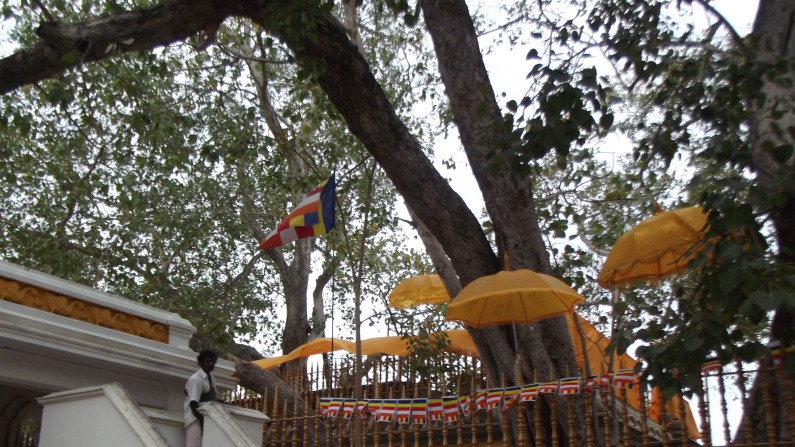
The establishment of the Jaya Sri Maha Bodhiya shrine by theri Sangamitta was one of the events which heralded a new era of the cultural history in Sri Lanka. Image courtesy maiglobetravels.com
Professor W. I. Siriweera’s book History of Sri Lanka shows that our country had cultural relations with India since the arrival of Indian immigrants to Sri Lanka in the first millennium B.C.
As Professor Siriweera writes: “Sri Lanka’s proximity to India paved the way for trade relations between the two countries long before the island had contacts with any other country. It is presumed that the earliest Indian settlers in the island were people who initially came for purposes of trade.” [1]
However, diplomatic ties became stronger from the third century B.C onwards. The Mauryan emperor Ashoka had a close diplomatic relationship with King Devanampiya Tissa of Sri Lanka, and this encouraged him to take the initiative of introducing Buddhism to Sri Lanka.
Siriweera notes that “The introduction of Buddhism and the order of bhikkhus by thera Mahinda, the establishment of the bhikkhuni order (order of Buddhist nuns) by theri Sangamitta and bringing in the sapling of the Asvattha tree under which Buddha attained enlightenment heralded a new era of the cultural history of the island.” [2]
From this period onwards, the art, literature, architecture and almost all aspects of Sri Lankan culture changed as King Devanampiya Tissa and his subjects embraced Buddhism.
Lord Buddha’s relics were also brought to Sri Lanka from India at various times. The most prominent of these was the sacred tooth relic, which was brought during king Siri Meghavana’s reign in the 3rd century A.D., from the kingdom of Kalinga in South India by Princess Hemamali.
During the reign of King Moggalana I, the hair relic of Lord Buddha was brought to Sri Lanka by a monk named Silakala. It was placed in the chaitya of Girihanduseya, in the Trincomalee district.
Because these sacred relics were housed in Sri Lanka, the country became a centre of the Theravada doctrine in Asia during ancient times. Many pilgrims and scholars from other countries visited to pay homage to these relics.
Sri Lanka also had trade contacts with the kingdoms of South India. South Indian merchants visited Sri Lankan ports between the 8th and 13th centuries A.D. and established trading posts in the coastal areas. According to Professor Siriweera, this commercial factor was one of the main reasons which led to the Chola conquest of northern Sri Lanka in the 11th century.
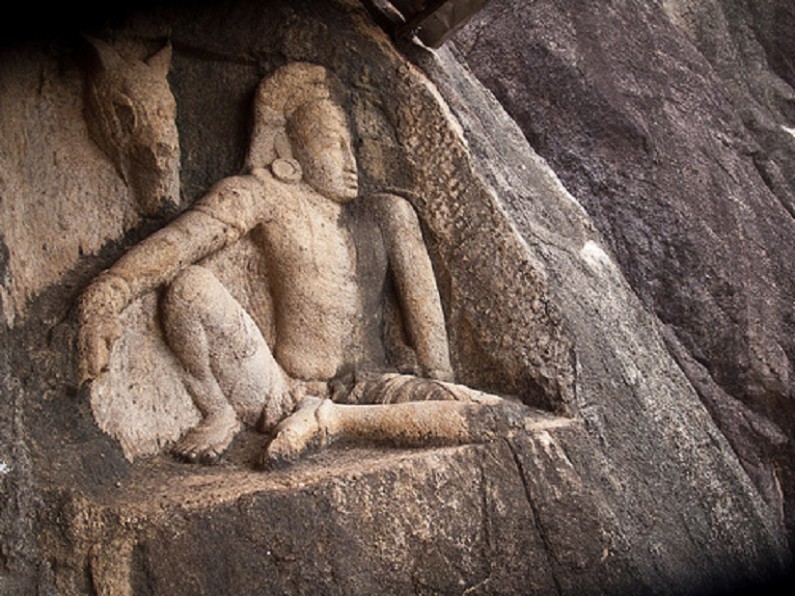
The Isurumuniya sculpture is one example of the influence of the Gupta style of art in ancient Sri Lanka. Image courtesy tranquilsrilanka.com
The ancient North Indian empires of Maurya and Gupta also influenced ancient Sri Lankan architecture, sculpture, arts, literature and even its written script. The political relationship that Sri Lanka had with these kingdoms is the reason why the Brahmi script became so popular in the country.
More than 1200 inscriptions written in this script have been found so far in Sri Lanka and they date back to the 1st and 3rd century B.C. Over the centuries, the Brahmi script evolved into the Sinhala language as we know it today.
Sri Lanka and China

These days, Talaimannar is a quiet place, but a long time ago it was a bustling seaport, which was visited by the Chinese. Image courtesy lanka-excursions-holidays.com
There is recorded historical evidence which shows that Sri Lanka established diplomatic contact with China as far back as the 1st century AD.
Professor Siriweera noted that between the 2nd and 10th centuries A.D., 13 diplomatic missions were sent to China on behalf of the kings of Anuradhapura. Some of these missions were for religious purposes, while others were aimed at establishing trade and political connections between the two kingdoms. In the 13th century A.D., the Chinese Emperor Kublai Khan also dispatched diplomatic missions to Sri Lanka for the purpose of trade.
“The evidence in Chinese texts suggests that Sri Lanka was an important entrepot where the transshipment of goods from the East and the West took place.” [3]
However, the introduction of the Bhikkhuni Sangha in China, undertaken by Sri Lankan Bhikkhunis in the 5th century A.D., was the highlight of the relationship between the two kingdoms. Chinese Buddhist monks also visited Buddhist centres in Sri Lanka to pay homage to relics and study Buddhist scriptures. Fa-Hsien was perhaps the most notable of these monks because he wrote many accounts of Sri Lankan culture during that time.
In his book, Professor Siriweera also mentions that Chinese coins from the 10th to the 13th centuries B.C. have been found in many ancient cities such as Anuradhapura, Polonnaruwa, Kurunegala and even in Talaimannar, where an ancient port was located.
The book Sino-Lankan Connection: 2000 years of Cultural Relations by Rohan Gunaratna states that the ancient coastal town and harbour of Manthota, which is located in the present day Mannar district, was a popular trading point for Chinese merchants. Ceramics were a very popular Chinese export during this time period. According to the book, excavations carried out in the area of Manthota unearthed the remains of Chinese ceramics from the 9th and 10th centuries A.D.
Sri Lanka and Southeast Asia

The historic city of Bagan in Myanmar features many stupas built according to the Sinhalese style of architecture. Image courtesy missfilatelista.com
According to Dr. Vernon L.B. Mendis’ book Foreign Relations from the Earliest Times to 1965, in the 11th century A.D., many scholars and teachers of Buddhism from Sri Lanka visited other countries such as Myanmar and Thailand.
During this time period, Sri Lanka was renowned for its Theravada Buddhist institutions and its activities that promoted Buddhism in Asia. Through Buddhism, Sri Lanka was, therefore, able to establish a strong diplomatic relationship with Myanmar, and also Siam (Thailand) and Cambodia.
“By this time Buddhism in India had considerably declined due to two main factors, namely the intolerant attitudes of the Muslim rulers and the popularity of Hinduism. From the 11th century onwards Myanmar and Sri Lanka became the strongholds of Theravada tradition and therefore there were close contacts between the two countries.”[4]
According to Dr. Hema Goonatilake—a researcher and scholar of Buddhist studies—the old city of Bagan in Myanmar was closely linked with Sri Lanka as far back as the 11th century A.D.
A testament to this cultural and religious connection is the presence of nearly 260 stupas in the city built according to the Sinhalese style of architecture, which featured bell-shaped stupas.
Sri Lanka and Persia
After the division of the Roman Empire into the eastern and western Roman empires in the 3rd century A.D., Constantinople rose to prominence as the trade capital of the eastern Roman empire. The Persians were in control of the city and were in contact with Sri Lanka for trade purposes. According to Professor Siriweera, for the Persian merchants, Sri Lanka was an important entrepôt in South Asia.
“By the 6th century, the Persians had established settlements in Sri Lanka. According to [an Egyptian monk named] Cosmas, the island had a Church of Persian Christians and a presbyter appointed from Persia.”[5]
Sri Lanka and West Asia
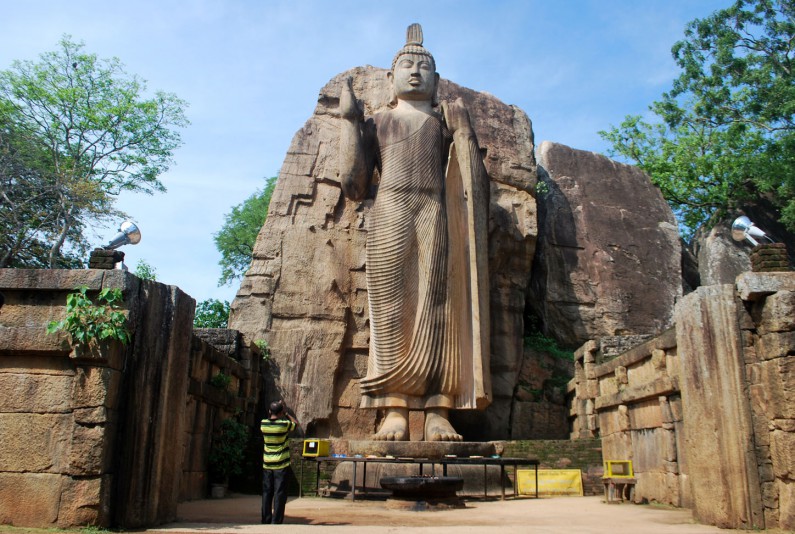
Some believe that the Bamiyan Buddha statues may have influenced the creation of the Avukana Buddha. Image courtesy greenvoyagessrilanka.com
According to historical records, in the 13th and 14th centuries, Arab merchants controlled trade in the ports of Colombo, Beruwala, Kalpitiya, Chilaw, and Weligama. Moreover, gold and silver coins from famous cities in West Asia—like Baghdad and Alexandria—have been unearthed in the western and central regions of the island. These coins date back to the period between the 8th and 15th centuries A.D.
The Mahawamsa also claims that Buddhist monks from Alexandria attended the foundation laying ceremony of the Maha Stupa during King Dutugemunu’s time. However, historians are still not quite sure if the Alexandria mentioned in the chronicle refers to the city in Egypt or a settlement established in Western Asia by the Greek Emperor Alexander.
However, the most interesting connection that ancient Sri Lanka had with the old kingdoms of West Asia is related to sculpture, specifically the large Buddha sculptures which can be found in Anuradhapura and Polonnaruwa.
The Buddha sculptures found in these ancient cities can be divided into these three categories: the standing Buddha image, the seated Buddha image, and the reclining Buddha image. The standing sculptures are known as colossi, and these can originally be traced back to the Bamiyan Buddha statues of the ancient kingdom of Gandhara, or present-day Afghanistan.
According to the book Buddhist Art in India, Ceylon and Java written by Dutch writer J. Ph. Vogel, traders, scholars and pilgrims may have visited Gandhara on various occasions. This, in turn, may have led to a borrowing of ideas in terms of Buddhist art and sculpture. Some historians and archaeologists believe that the Bamiyan Buddha statues may have influenced the creation of the Avukana Buddha due to a close similarity in design and style between both sculptures.
In terms of establishing trade and political connections, it is safe to say that Sri Lanka of old had done quite well for itself. The ancient kings and their officials had succeeded in carving out a significant reputation for our island, in a world where many old and powerful civilizations, empires and kingdoms prevailed.
[1]History of Sri Lanka from the earliest times upto the 16th century by W.I. Siriweera (2002). Dayawamsa Jayakody & Company. p. 218.
[2]History of Sri Lanka from the earliest times upto the 16th century by W.I. Siriweera (2002). Dayawamsa Jayakody & Company. p. 257.
[3]History of Sri Lanka from the earliest times upto the 16th century by W.I. Siriweera (2002). Dayawamsa Jayakody & Company. p. 222.
[4]History of Sri Lanka from the earliest times upto the 16th century by W.I. Siriweera (2002). Dayawamsa Jayakody & Company. p. 261.
[5]History of Sri Lanka from the earliest times upto the 16th century by W.I. Siriweera (2002). Dayawamsa Jayakody & Company. p. 222.
* Foreign relations from the earliest times to 1965 by Dr Vernon L.B. Mendis (1983).Tisara Prakasakayo.
* Sino-Lankan Connection: 2000 years of cultural relations by Rohan Gunaratna (1987). Department of Information, Ministry of State.
* Buddhist Art in India, Ceylon and Java by J. Ph. Vogel, translated to English by A.J. Barnouw (1977). Oriental Reprint Cooperation.
Featured image courtesy Wikipedia commons
